Organizational culture is top driver for creating excellent Employee Experience: Report

The post pandemic era is becoming defined by employee experience: how your organization shapes the way people work and live, from productivity to flexibility, wellbeing, and everything in between. The past 15 months were largely about survival: leaders focused on keeping companies afloat while dealing with a range of pandemic issues.
Today, as countries and workplaces reopen—albeit at very different paces—the biggest economic crash in a century is rapidly becoming a huge upswing. Companies are being forced to transform, and leaders now need to help people adjust to greater change, enable them to deal with ambiguity, and support them to experiment and learn quickly. It’s no wonder employee experience (EX) has shot to the top of management agendas.
In a six-part report, The Definitive Guide: Employee Experience launched recently, the Josh Bersin Company identified employee experience (EX) trends, best practices, supporting technologies, and EX maturity across industry sectors. The report identifies the six most important principles of EX; the 15 practices that have greatest impact on business, employees, and innovation; a holistic EX framework; guidance for operationalizing EX initiatives; and an analysis of the EX technology architecture.
Josh Bersin, CEO and global industry analyst, said: “Without the right leadership, capabilities and behaviors, any progress in EX will be short-lived and unsustainable. It’s a choice to make: are you prioritizing business-centered leadership in which the business is first and people are second or emphasizing human-centered leadership that prioritizes your people? Above all, remember that the journey to a world-class employee experience is an ongoing process enabled by close listening to your people.”
Commissioned by Microsoft, the report is based on survey respondents representing 981 companies, hours of conversations and in-depth interviews with senior HR and business leaders, and extensive analysis of technology trends over the last year.
Here are the key highlights from the report:
EX is much broader than just “engagement”
EX today sits at the center of the HR profession. It spans all business functions and touches all issues. Good practices around employee experience can drive significant impact for business, people, and innovation in your organization.
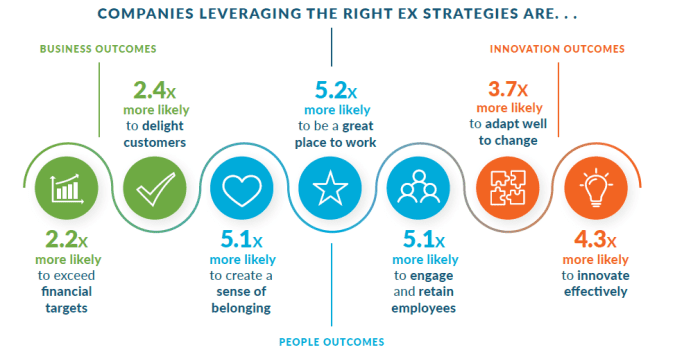
EX is about the work we do, the teams we're on, our direct managers, and how they coach and support us. It's also about our health and wellbeing; the digital, physical, and cultural workplace; how we grow and develop; and how much we trust the organization. These elements collectively form the framework for EX, which the report calls “the irresistible organization” because it helps your company become irresistible to the workforce.
The Irresistible Organization: A Framework for EX
The EX Framework will help guide the thinking around the work we do; the teams we work on;our managers and how they coach and support us; the digital, physical, and cultural workplace; holistic wellbeing and health; how we grow and develop; and how much we trust the organization.
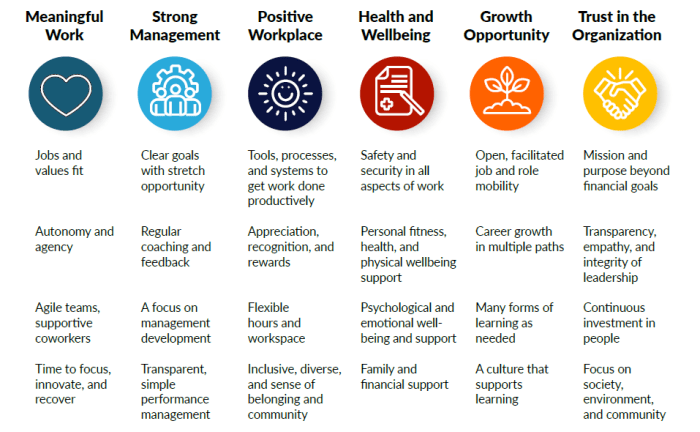
Six key findings common to organizations with superior EX
Employee experience is incredibly complex, multifaceted, and multilayered. No one single action will move you magically to a great EX. However, the research reveals six key findings common to organizations with superior EX. They revolve around trust, caring, transparency, culture, and leadership. Ultimately, EX is not about tools, processes, or efficiency but the culture and the mission of a company and the way leaders act.
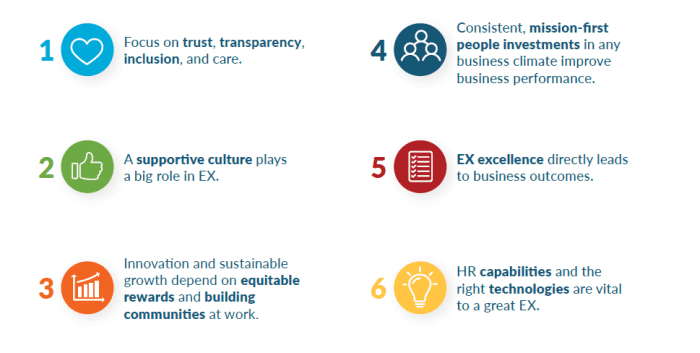
The Employee Experience Maturity Model
The study identified four levels of EX maturity. The EX Maturity Model defines the stages of evolution an organization goes through to reach high performance, enabling business leaders to understand their current state as well as the next set of skills, capabilities, tools, and systems to advance. Organizations fall into four levels, with Level 1 being the least impactful and Level 4 being the most. According to analysis of responses, only 20% of companies represented in the survey are at Level 4.
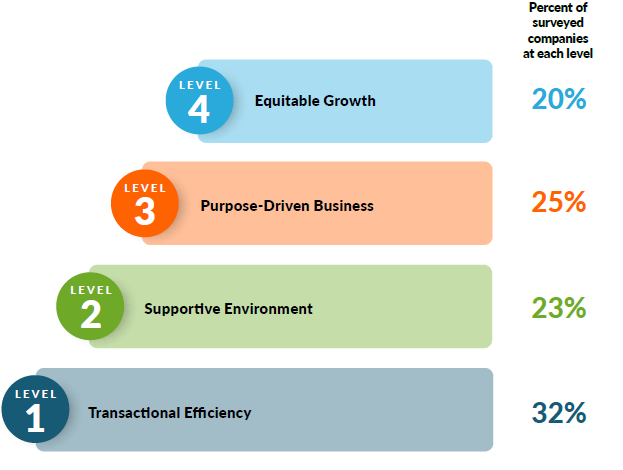
The Important Role of Technology
Without the right technologies, companies can’t get insights into employee sentiment, provide personalized and relevant experiences and development opportunities, or support employees at scale. The report highlighted that 83% of companies do not use advanced people analytics.
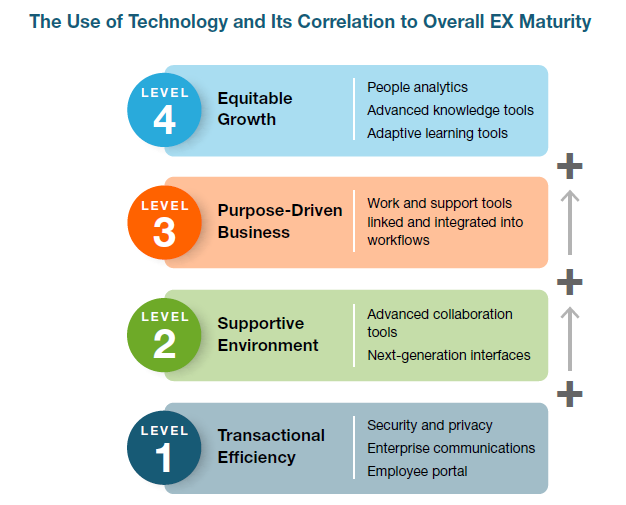
Fifteen Essential Practices to drive Superior EX
The report identified fifteen practices drawn from four elements that have an outsize impact on business, people, and innovation outcomes. The report calls these “essentials” because without them very little else will matter. And these essential practices work across all industries, geographies, and company sizes. When they’re deployed, many of the typical investments work well. But when they’re not, a focus on “digital tools” or “EX programs” simply doesn’t drive much impact.
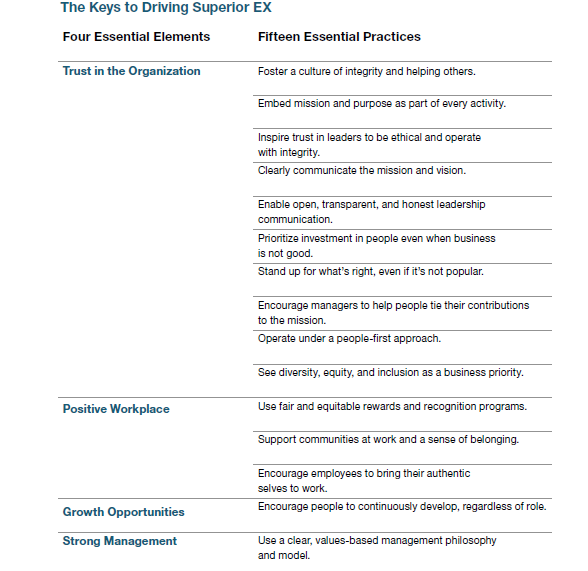
Join us at the EX APAC Conference on 9th September to know more about adapting EX for the now and next of work. Click here to register.















